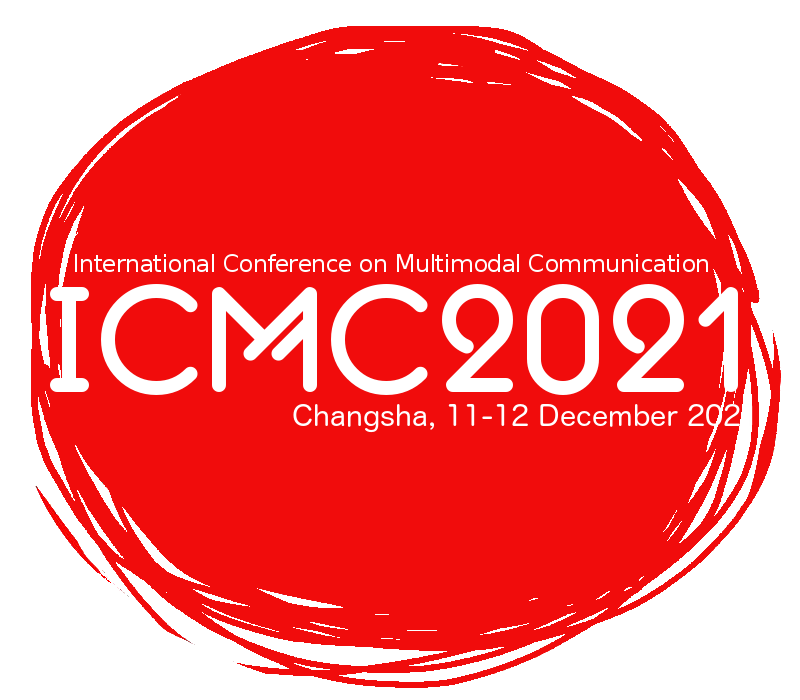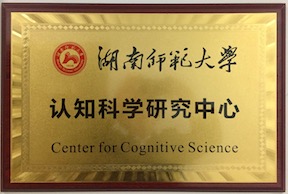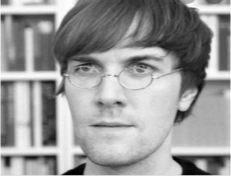About Us
Conference Organization Committee
Directors Prof. ZENG Yanyu, Dean of the
College of Foreign Studies.
Mark Turner, Director of the
Center for Cognitive Science. Committee members: Prof. LIU Bai, Dr. CHEN Zhongping, Dr. ZENG Jiansong, Dr. QI Xingang, Dr. QIN Yong.
Hunan Normal University
Located in Changsha, a city of great historical and cultural interest, Hunan Normal University (HUNNU) is an institution of higher education listed in the national “211 Project” and the “Double Top-Class Project” constructed jointly by the Ministry of Education and Hunan Province. Founded in 1938 as National Normal College (NNC), it is one of the oldest normal universities in China. In the wave of university reforms in 1953, Hunan Normal College (HNC) was founded on the basis of NNC. In 1984, HNC was renamed HUNNU. Gloriously, it was admitted in 1996 into the “211 Project”—one of the “100 key universities to be promoted in the 21st century” by Chinese Ministry of Education. Since 2000, it has renewed itself by merging with Hunan Teachers’ College, Hunan College of Politics and Law and Hunan Medical College in succession.
HUNNU consists of 24 colleges and runs altogether 92 undergraduate disciplines, which fall into such 11 main categories as philosophy, economics, law, education, literature, history, science, technology, agriculture, medicine, management and art. It boasts such 6 National Key Disciplines as Ethics, English Language and Literature, Modern Chinese History, Developmental Biology, Theoretical Physics, Basic Mathematics, and 9 Key Disciplines sponsored by the 211 Project, and 22 provincial-level key disciplines rated in the 12th Five-Year Plan.
HUNNU has set up partnerships with 171 universities and institutions in 41 countries and regions to push forward personnel exchange and cooperation in teaching and scientific research. It has co-established Confucius Institutes at Kazan Federal University in Russia, Wonkwang University in South Korea and Southern Utah University in the U.S.
Over the 80 years, HUNNU has been developing steadily despite the warfare of WWII. The faculty, whichever generation they were, stuck to the motto “Be humane, benevolent, excellent and diligent”, and worked hard jointly for the prosperity today. In recent years, propelled by the “211 Project” and the “Double Top-Class Project”, HUNNU has achieved much in discipline development, student education, faculty construction, teaching research and social service in the satisfaction of more than Hunan’s needs in educational, economic and social development.
While going forward, HUNNU takes holistic education as the fundamental mission, and strives to be a key comprehensive university which, with great advantages in teacher training, is top-class in China and well known abroad.
College of Foreign Studies, 410081 36 Lushan Rd., Yuelu District, Changsha, China
Foreign Studies College of Hunan Normal University dates back to Dept. of Foreign Studies of National Normal College founded in 1938. The first dean was QIAN Zhongshu (1910-1998), a famous scholar of Western and Chinese culture. After him, LUO Kailan (1906-1988), LIU Zhongde (1914-2008) and other eminent scholars worked here in succession. Now it holds the first-level doctoral program of Foreign Language and Literature and a research station for post-doctors. Under the leadership of Prof. JIANG Hongxin, its discipline of English Language and Literature was evaluated as a national key discipline. In Sept. 2017, its discipline of Foreign Languages and Literatures was admitted into the national “World First-Class Discipline Construction Project”, being one of the 6 admitted disciplines of its type in China.
It consists of Dept. of English, Dept. of Translation Studies, Dept. of Russian, Dept. of Japanese, Dept. of Korean, Dept. of French and Dept. of Public English, and boasts such institutes as Hunan Center for International Cultural Communication, Hunan Center for Sino-Russian Cultural Exchanges, Center of American Studies, Center of Northeast Asian Studies, Center for Studies of British and Irish Literature, Center of Modern Foreign Language Teaching, Center of Cognitive Linguistic Studies, Center for Studies of British and American Poetry. It publishes Journal of Foreign Languages and Cultures and a Chinese journal of the same name, and supports 3 Confucius Institutes abroad.
It has a faculty of 26 full professors, 44 assistant professors and dozens of lecturers, of whom 51 have got doctoral degrees, 2 are members of the Discipline Assessment Group under the State Council, 2 are state-level teaching masters, and 2 are awardees of the New Century Talent Program of Chinese Ministry of Education.
It is a partner of over 30 universities in America, Britain, Japan, Russia and South Korea. Now it has over 40 doctoral candidates, over 600 graduate students, and over 1,200 full-time undergraduates.
Adhering to the motto “international perspective, global sense, honesty, integrity and versatility”, Foreign Studies College aims to cultivate more versatile and innovative talents who are both physically and mentally healthy, both virtuous and learned and are adaptable to societal changes.
Red Hen Lab™
The International Distributed Little Red Hen Lab™ is a global big data science laboratory and cooperative for research into multimodal communication. Red Hen deploys the contributions of researchers from complementary fields, from AI and statistics to linguistics and political communication, to create rich datasets of parsed and intelligible multimodal communication and to develop tools to process these data and any other data susceptible to such analysis. Red Hen’s social organization and computational tools are designed for reliable and cumulative progress in a dynamic and extremely challenging field: the systematic understanding of the full complexity of human multimodal communication. The study of how human beings make meaning and interpret forms depends upon such collaboration.
|





/ZiF/KG/2019StatModels/Members/hbaayen.jpg)







